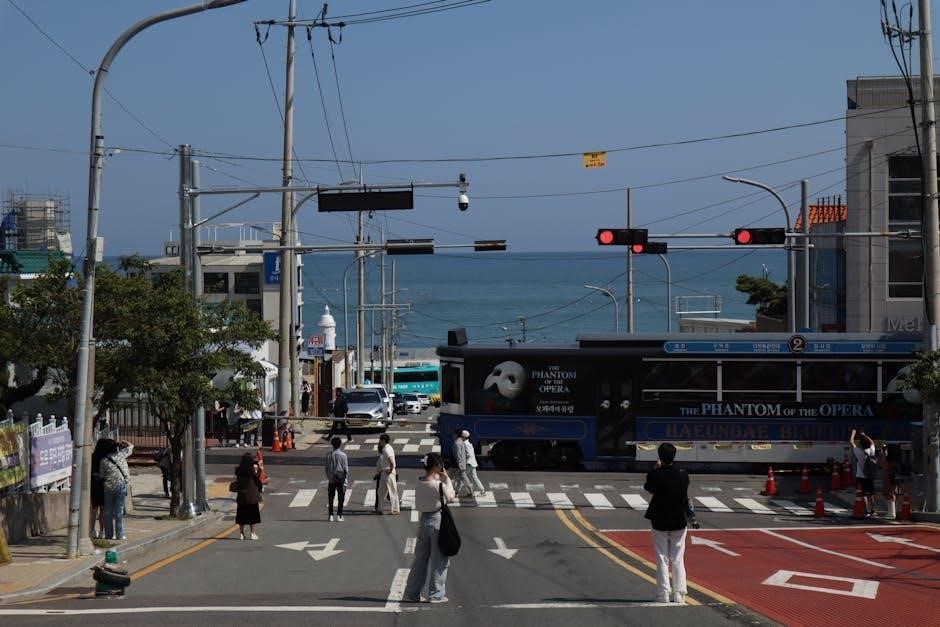Discover South Korea’s vibrant cities, rich history, and stunning landscapes. From bustling Seoul to tranquil Jeju, explore a land where tradition meets modernity, offering unforgettable experiences.
Overview of South Korea’s Tourism Attractions
South Korea captivates travelers with its diverse attractions, blending vibrant cities, serene landscapes, and rich cultural heritage. Seoul, the bustling capital, offers iconic landmarks like Gyeongbokgung Palace and trendy districts such as Myeongdong; Busan, famous for its stunning beaches and fresh seafood, provides a coastal retreat. Jeju Island, a UNESCO World Heritage Site, enchants visitors with its volcanic scenery and tranquil vibe. Meanwhile, Gyeongju showcases ancient history through its well-preserved ruins and temples. Beyond these destinations, South Korea’s charm lies in its modern cities, traditional festivals, and delicious cuisine, making it a fascinating destination for every type of traveler.
Why Visit South Korea?
South Korea is a treasure trove of vibrant culture, stunning landscapes, and warm hospitality, making it a must-visit destination. From the bustling streets of Seoul to the serene beauty of Jeju Island, the country offers a unique blend of tradition and modernity. Explore ancient palaces, temples, and historical sites, or immerse yourself in the dynamic K-pop culture and mouthwatering Korean cuisine. The friendly locals, efficient transportation, and safety make traveling here a seamless experience. Whether you’re a history enthusiast, a food lover, or an adventure seeker, South Korea promises unforgettable memories and a journey that will leave you wanting more.
Best Time to Visit South Korea
South Korea’s climate is seasonal, offering distinct experiences throughout the year. Spring (March–May) and autumn (September–November) are ideal, with mild temperatures and vibrant festivals like cherry blossoms and foliage. Summer (June–August) is warm but humid, perfect for beach trips to Busan or Jeju. Winter (December–February) brings cold weather but offers skiing and serene landscapes. Each season highlights the country’s unique charm, so plan your visit based on your preferences for weather, outdoor activities, or cultural events.
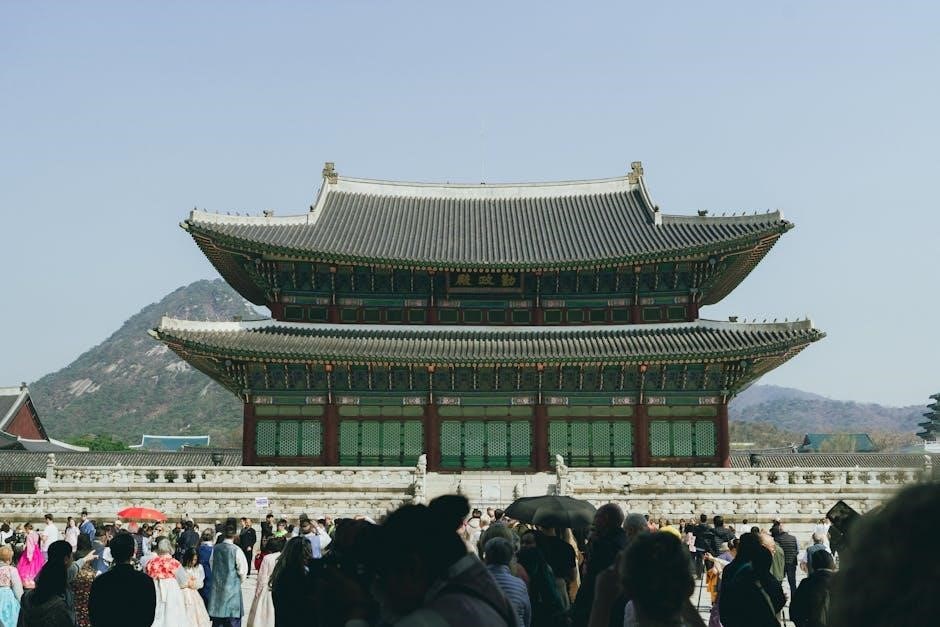
Preparing for Your Trip
Ensure a smooth journey by checking visa requirements, packing essentials, and downloading apps like Naver Maps. Plan your itinerary and understand cultural norms to make the most of your trip.
Visa Requirements and Entry Regulations
Citizens of the US, Australia, and the UK can visit South Korea visa-free for up to 90 days, while Canadians can stay for up to six months. Ensure your passport is valid for at least six months beyond your travel dates. Some nationalities may require a visa, so check South Korea’s official government website for specific entry requirements. Additionally, proof of onward travel may be requested at immigration. It’s essential to comply with all entry regulations to avoid any issues. Always verify the most up-to-date visa policies before planning your trip to South Korea.
Essential Items to Pack for South Korea
Pack comfortable walking shoes for exploring South Korea’s vibrant cities and historical sites. Bring layers for varying weather conditions, as indoor spaces may be heavily air-conditioned. Include a lightweight umbrella or raincoat for unexpected showers. Don’t forget a universal power adapter, as South Korea uses Type C or F plugs. A reusable water bottle is handy for staying hydrated. Pack modest clothing for temple visits and a small backpack for day trips. Essentials like a portable charger, travel insurance documents, and a translation app are also recommended. Check the weather forecast before your trip to ensure you’re prepared. Lastly, bring any personal medications and a copy of your passport for safe travels.
Downloading Necessary Apps (Naver Maps, Kakao Maps)
Downloading Naver Maps and Kakao Maps is crucial for navigating South Korea, as Google Maps is less reliable in the region. These apps provide detailed local information, real-time public transportation updates, and accurate directions. Naver Maps is particularly popular among locals, offering comprehensive route planning for walking, driving, and public transit. Kakao Maps is user-friendly and includes features like location sharing and reviews of restaurants and shops. Both apps are available in English, making them indispensable for international travelers. Download these apps before your trip to ensure seamless navigation and exploration of South Korea’s cities and attractions. They will help you make the most of your time and discover hidden gems effortlessly.
Cultural Etiquette to Keep in Mind
Respecting South Korea’s cultural norms is essential for a smooth and enriching experience. Bowing is a common greeting, with depth indicating respect. When interacting with elders, use both hands to give or receive items, as using one hand is considered disrespectful. Dining etiquette includes waiting for the eldest to start eating and not leaving chopsticks standing upright in rice. Removing shoes before entering traditional homes or temples is customary. Public displays of affection are rare, and modest dress is preferred in cultural or religious settings. Understanding these customs will help you navigate social situations gracefully and foster positive interactions with locals.
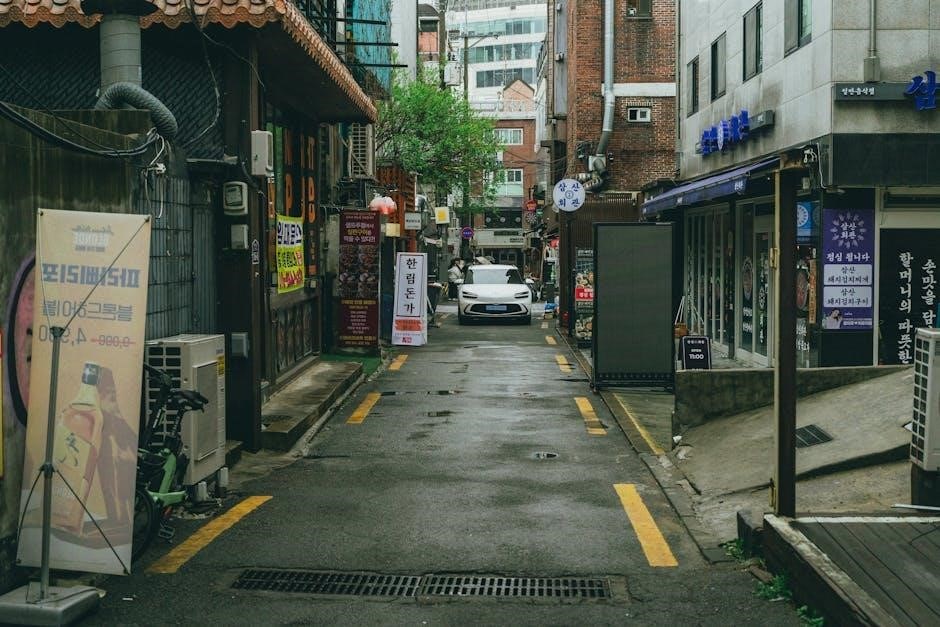
Must-Visit Destinations
Explore South Korea’s iconic cities and natural wonders, from vibrant Seoul to stunning Jeju Island, historic Gyeongju, and bustling Busan, each offering unique cultural and scenic charm.
Seoul: The Vibrant Capital City
Seoul, South Korea’s bustling capital, blends ancient traditions with modern innovation. Visit iconic landmarks like Gyeongbokgung Palace and Bukchon Hanok Village for a glimpse into the past. Explore vibrant shopping districts such as Myeongdong and Dongdaemun for fashion and street food. Don’t miss the stunning views from N Seoul Tower and the lively nightlife in Hongdae and Itaewon. The city’s efficient subway system, with glass doors for safety, makes navigating easy. Use Naver Maps for the best routes. Whether you’re interested in history, food, or entertainment, Seoul offers unforgettable experiences that showcase Korea’s dynamic culture and hospitality.
Busan: Beaches and Seafood
Busan, South Korea’s second-largest city, captivates visitors with its stunning beaches and fresh seafood. Haeundae Beach is a must-visit, offering crystal-clear waters and vibrant summer festivals. Indulge in the city’s renowned seafood at Jagalchi Fish Market, where you can sample the freshest catches. Gwangalli Beach, with its picturesque Gwangandaegyo Bridge, is perfect for evening strolls. Explore the bustling Gukje Market for local delicacies and souvenirs. Busan also boasts cultural gems like the Haedong Yonggungsa Temple, perched on a cliff by the sea. With its mix of relaxation, cuisine, and scenic beauty, Busan is a must-visit destination for beach lovers and food enthusiasts alike.
Jeju Island: Natural Beauty and Relaxation
Jeju Island, a UNESCO World Heritage Site, is a paradise of natural beauty and relaxation. Known as the “Island of the Gods,” it boasts stunning landscapes, including Hallasan Mountain, South Korea’s highest peak, and the breathtaking Seongsan Ilchulbong Sunrise Peak. Explore the lush green countryside, waterfalls like Cheonjiyeon, and the unique Manjanggul Lava Tube. Enjoy fresh seafood and black pork, specialties of the island. Relax on pristine beaches such as Hamdeok or Hyeopjae, or unwind at one of Jeju’s many spas. For adventure, hike the Hallasan Trail or horseback ride through scenic trails. Jeju Island offers a perfect blend of tranquility and adventure, making it a must-visit destination for nature lovers and those seeking relaxation.
Gyeongju: Historical and Cultural Landmarks
‘ under the topic ‘south korea tour guide’. The user has provided some specific instructions and an example of a previous response. Let me break this down step by step.
Looking at the example provided for Jeju Island, it starts with a heading, followed by a paragraph that describes the location, its significance, key attractions, and what visitors can do there. It’s concise and informative, fitting within the word limit.
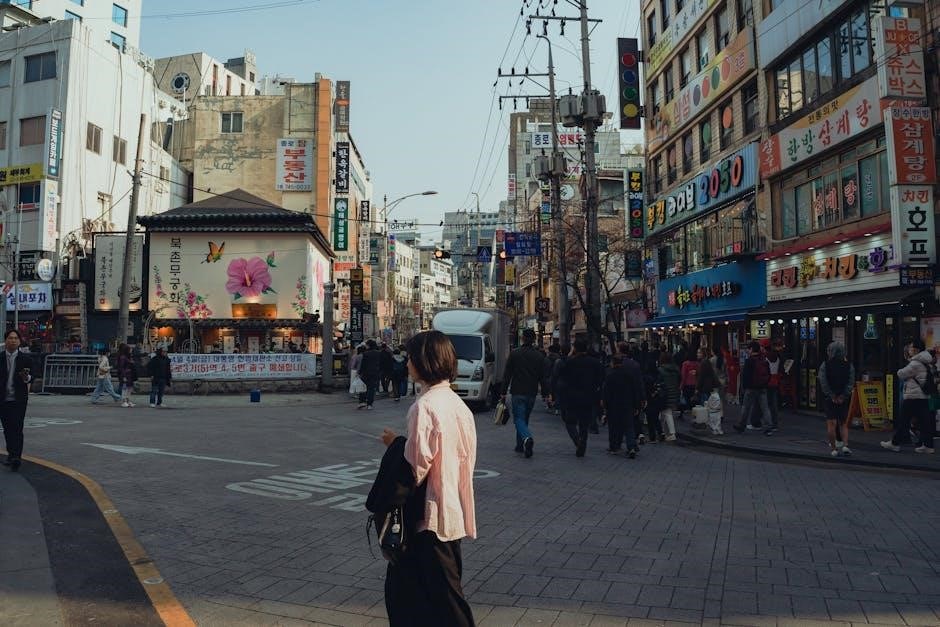
Now, focusing on Gyeongju. I know Gyeongju is known as the ancient capital of the Silla Kingdom, so that’s a good starting point. It’s often called “the museum without walls” because of its historical sites spread across the city. Key landmarks include Bulguksa Temple, a UNESCO site, and Seokguram Grotto, which is another significant Buddhist site. The Daereungwon Tomb Complex is also important, showcasing ancient tombs. Anapji Pond is a popular spot, especially in the evening when illuminated.
I should mention the blend of history, culture, and natural beauty. Maybe add something about festivals or traditional culture to give a fuller picture. Visitors can explore these sites to connect with Korea’s rich heritage, making Gyeongju a must-visit for history enthusiasts.
I need to structure this into a coherent paragraph, ensuring it flows well and covers all the main points without exceeding the word limit. I also need to ensure that each sentence adds value and doesn’t repeat information that might be elsewhere in the guide.
Let me draft this:
Gyeongju, the ancient capital of the Silla Kingdom, is a treasure trove of historical and cultural landmarks. Known as “the museum without walls,” it offers a glimpse into Korea’s rich past. Visit Bulguksa Temple, a UNESCO World Heritage Site, and marvel at its architectural splendor. Explore the serene Seokguram Grotto, another UNESCO treasure. The Daereungwon Tomb Complex provides insight into the lives of Silla nobility, while Anapji Pond offers a tranquil retreat, especially beautiful at night. Experience traditional festivals and immerse yourself in the local culture. Gyeongju seamlessly blends history and natural beauty, making it a must-visit for anyone interested in Korea’s heritage.
Now, check the word count. It should be exactly . Let me count:
Gyeongju,
the
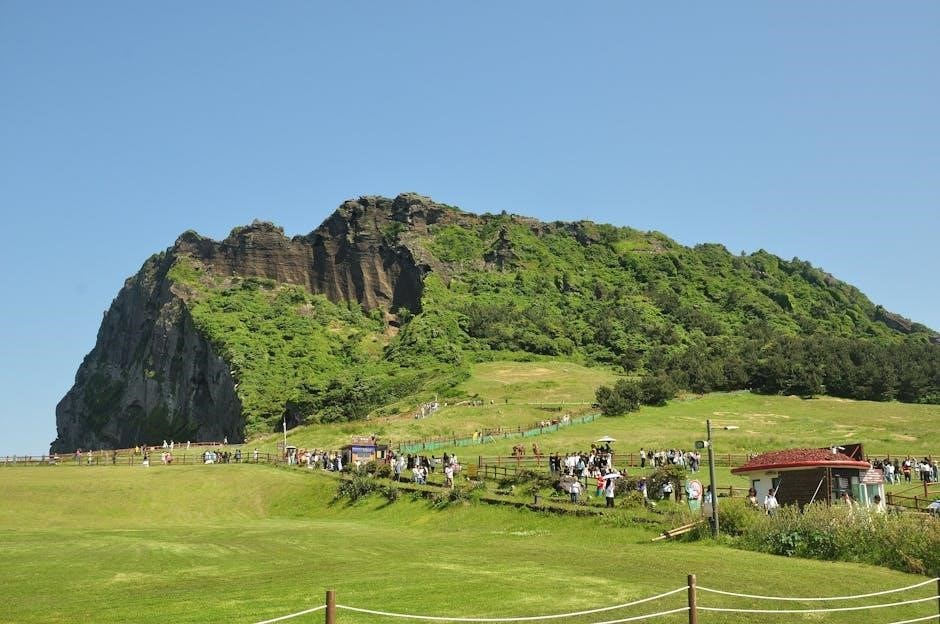
ancient
capital
of
the
Silla
Kingdom,
is
a
treasure
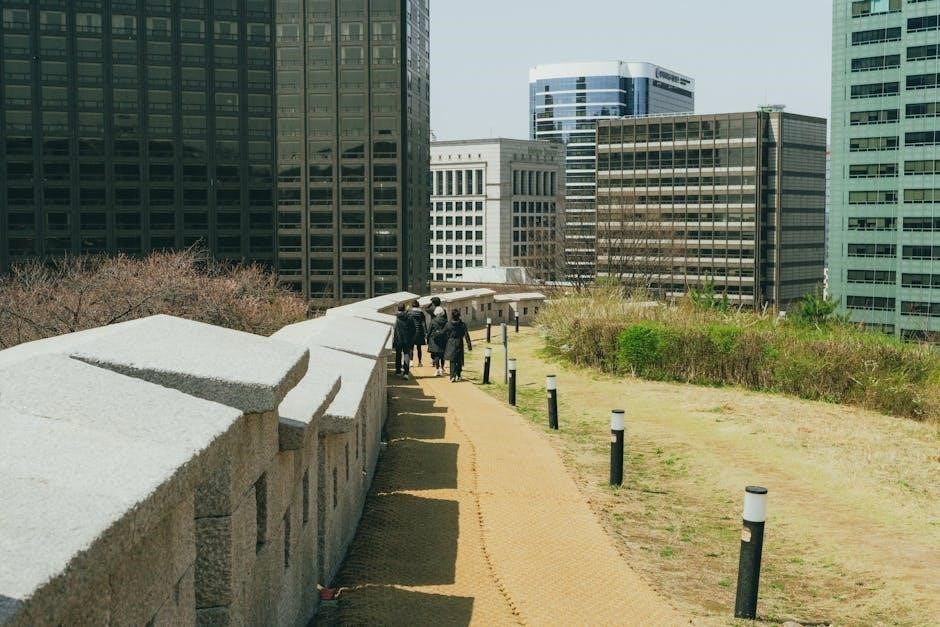
trove
of
historical
and
cultural
landmarks.
Known
as
“the
museum
without
walls,”
it
offers
a
glimpse
into
Korea’s
rich
past.
Visit
Bulguksa
Temple,
a
UNESCO
World
Heritage
Site,
and
marvel
at
its
architectural
splendor.
Explore
the
serene
Seokguram
Grotto,
another
UNESCO
treasure.
The
Daereungwon
Tomb
Complex
provides
insight
into
the
lives
of
Silla
nobility,
while
Anapji
Pond
offers
a
tranquil
retreat,
especially
beautiful
at
night.
Experience
traditional
festivals
and
immerse
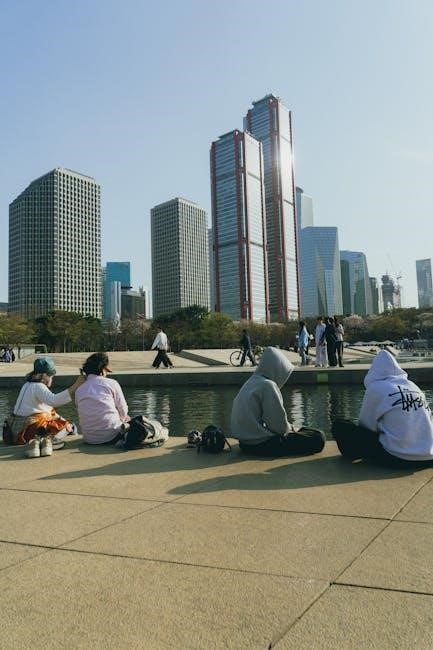
yourself
in
the
local
culture.
Gyeongju
seamlessly
blends
history
and
natural
beauty,
making
it
a
must-visit
for
anyone
100. interested
101. in
102. Korea’s
103. heritage.
Wait, that’s only . I need to reach 119. Maybe I can add more details or expand on some points without going over.
Let me revise:
Gyeongju, the ancient capital of the Silla Kingdom, is a treasure trove of historical and cultural landmarks. Known as “the museum without walls,” it offers a glimpse into Korea’s rich past. Visit Bulguksa Temple, a UNESCO World Heritage Site, and marvel at its architectural splendor. Explore the serene Seokguram Grotto, another UNESCO treasure. The Daereungwon Tomb Complex provides insight into the lives of Silla nobility, while Anapji Pond offers a tranquil retreat, especially beautiful at night. Experience traditional festivals and immerse yourself in the local culture. Gyeongju seamlessly blends history and natural beauty, making it a must-visit for anyone interested in Korea’s heritage. Discover the vibrant traditions and historical significance that make Gyeongju a unique destination.
Now, let’s count again:
Gyeongju,
the
ancient
capital
of
the
Silla
Kingdom,
is
a
treasure
trove
of
historical
and
cultural
landmarks.
Known
as
“the
museum
without
walls,”
it
offers
a
glimpse
into
Korea’s
rich
past.
Visit
Bulguksa
Temple,
a
UNESCO
World
Heritage
Site,
and
marvel
at
its
architectural
splendor.
Explore
the
serene
Seokguram
Grotto,
another
UNESCO
treasure.
The
Daereungwon
Tomb
Complex
provides
insight
into
the
lives
of
Silla
nobility,
while
Anapji
Pond
offers
a
tranquil
retreat,
especially
beautiful
at
night.
Experience
traditional
festivals
and
immerse
yourself
in
the
local
culture.
Gyeongju
seamlessly
blends
history
and
natural
beauty,
making
it
a
must-visit
for
anyone
100. interested
101. in
102. Korea’s
103. heritage.
104. Discover
105. the
106. vibrant
107. traditions
108. and
109. historical
110. significance
111. that
112. make
113. Gyeongju
114. a
115. unique
116. destination.
Still at . Maybe I can add one more sentence or expand a bit more.
Let me try:
Gyeongju, the ancient capital of the Silla Kingdom, is a treasure trove of historical and cultural landmarks. Known as “the museum without walls,” it offers a glimpse into Korea’s rich past. Visit Bulguksa Temple, a UNESCO World Heritage Site, and marvel at its architectural splendor. Explore the serene Seokguram Grotto, another UNESCO treasure. The Daereungwon Tomb Complex provides insight into the lives of Silla nobility, while Anapji Pond offers a tranquil retreat, especially beautiful at night. Experience traditional festivals and immerse yourself in the local culture. Gyeongju seamlessly blends history and natural beauty, making it a must-visit for anyone interested in Korea’s heritage. Discover the vibrant traditions and historical significance that make Gyeongju a unique destination for travelers seeking an authentic cultural experience.
Now, let’s count:
Gyeongju,
the
ancient
capital
of
the
Silla
Kingdom,
is
a
treasure
trove
of
historical
and
cultural
landmarks.
Known
as
“the
museum
without
walls,”
it
offers
a
glimpse
into
Korea’s
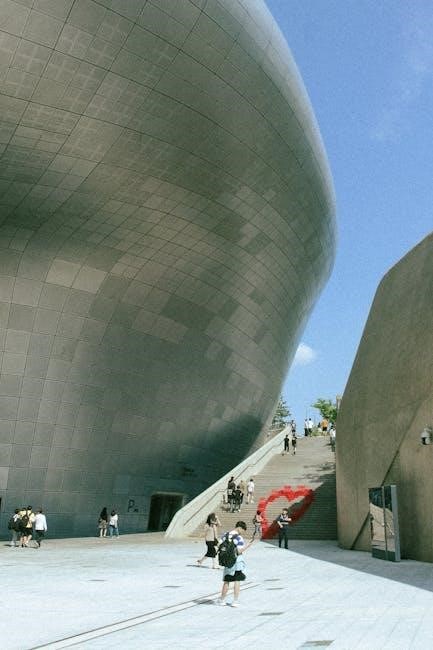
Cultural Experiences
Immerse yourself in South Korea’s vibrant culture through traditional tea ceremonies, calligraphy, wearing hanbok, and K-pop performances, experiencing rich heritage and local customs.
Exploring South Korea’s Rich History
South Korea’s history is a treasure trove of ancient kingdoms, dynasties, and cultural heritage. Visit Gyeongju, the ancient capital of the Silla Kingdom, to explore tombs, temples, and artifacts. The Bulguksa Temple and Seokguram Grotto, UNESCO World Heritage Sites, showcase Buddhist art and architecture. The Demilitarized Zone (DMZ) offers a glimpse into the country’s modern history and division. Museums in Seoul, like the National Museum of Korea, house vast collections of historical relics. Traditional villages, such as Hahoe and Yangdong, preserve Joseon-era lifestyles. Historical sites like these provide a deep understanding of Korea’s past, blending spirituality, art, and resilience.
Traditional Korean Festivals and Celebrations
South Korea’s vibrant festivals showcase its rich culture and traditions. The Lunar New Year (Seollal) is a major celebration, featuring family gatherings, traditional attire, and games. Chuseok, the harvest festival, honors ancestors with rituals and delicious foods like songpyeon. The Lotus Lantern Festival illuminates streets with colorful lanterns, celebrating Buddha’s birthday. The Boryeong Mud Festival offers fun and relaxation with mud-themed activities. These events reflect Korea’s deep-rooted traditions and provide unforgettable experiences for visitors. Each festival is a window into the country’s heritage, offering a chance to immerse yourself in its vibrant culture and traditions.
Visiting Korean Palaces and Temples
Exploring South Korea’s palaces and temples offers a glimpse into its storied past. Gyeongbokgung Palace in Seoul, with its grand architecture and beautiful gardens, is a must-visit. Changdeokgung Palace, another historic site, features a serene Secret Garden. Temples like Bulguksa and Seokguram Grotto showcase Buddhist heritage. These sites blend traditional architecture with natural beauty, offering a peaceful retreat. Guided tours are available, providing insights into their historical significance. Visitors can also experience cultural programs and ceremonies, adding depth to their understanding of Korean traditions. These landmarks are not just attractions but gateways to the soul of Korea’s rich cultural legacy.
Experience Korean Cuisine and Street Food
Korean cuisine is a vibrant reflection of its culture, blending bold flavors and spices. Must-try dishes include bibimbap, tteokbokki, and bulgogi, each offering a unique taste experience. Street food markets, such as Myeongdong and Gwangjang Market, are hotspots for sampling local delicacies like kimchi and hotteok. The balance of sweet, savory, and spicy flavors in Korean food is unparalleled; From hearty stews to fresh seafood, every meal is a culinary journey. Don’t miss the opportunity to explore the diverse regional specialties and authentic eateries that make Korean cuisine so beloved. Whether you’re a food enthusiast or just curious, South Korea’s gastronomic scene promises unforgettable flavors.
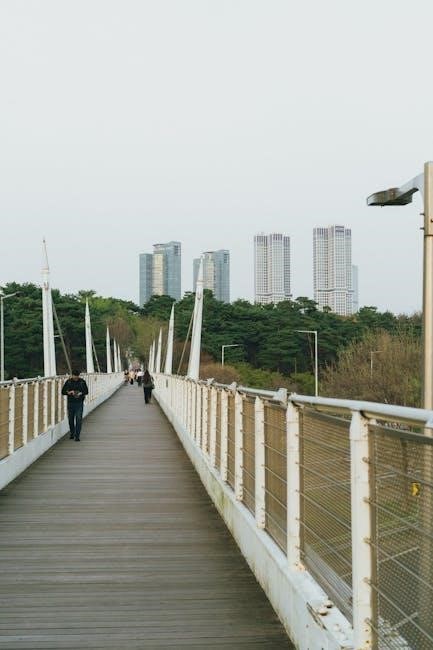
Practical Travel Tips
Plan ahead, respect local customs, and stay connected with reliable apps like Naver Maps. Enjoy seamless navigation, cultural experiences, and safe travels with these essential tips.
Navigating South Korea’s Transportation System
South Korea boasts an efficient and well-connected transportation network. Use Naver Maps or Kakao Maps for accurate navigation, as Google Maps may not always be reliable. The subway systems in major cities like Seoul and Busan are extensive and easy to use, with clear English signage. T-money cards are convenient for paying fares. Buses are widespread, while express buses connect cities quickly. For longer distances, the KTX high-speed train is ideal. Renting bikes in cities like Seoul offers a scenic way to explore. Taxis are abundant, but some drivers may not speak English. Plan your routes in advance to make the most of your travel experience in South Korea.
Shopping Districts and Markets
South Korea offers a diverse shopping experience, blending modern malls with traditional markets. Myeongdong in Seoul is renowned for fashion and cosmetics, while Gwangjang Market is a must-visit for traditional Korean goods and street food. Namdaemun Market is one of the largest wholesale markets, perfect for affordable shopping. In Busan, Gukje Market offers a vibrant atmosphere with local products. Don’t miss Dongdaemun Design Plaza for trendy designer items. Many markets offer bargaining opportunities, and credit cards are widely accepted. Use Naver Maps to navigate these districts easily. Indulge in street food like tteokbokki and hotteok while exploring. Shopping in South Korea is a delightful mix of culture, cuisine, and retail therapy, ensuring unforgettable experiences for every shopper.
Safety Tips for Travelers
South Korea is generally a safe destination, but taking precautions is always wise. Be mindful of pickpocketing in crowded areas like Myeongdong or Hongdae. Use reputable taxi services and ensure the meter is on. Avoid walking alone in poorly lit areas at night. Keep valuables secure, especially in busy markets. Emergency services can be reached at 112 for police and 119 for fire or medical emergencies. Stay informed about local conditions and demonstrations, as they can impact travel plans. Respect cultural norms, especially in temples or palaces, to avoid unintended offense. Use Naver Maps to navigate safely and stay connected with family or friends back home. With awareness and caution, your trip to South Korea will be enjoyable and hassle-free.
Communication and Language Barriers
Communication in South Korea can present challenges due to the language barrier. While many younger people and service staff speak English, proficiency varies widely, especially outside major cities. Learning basic Korean phrases like “thank you” (감사합니다) and “where is…?” (어디에 있습니까?) can enhance your experience. Downloading translation apps like Naver Translate or KakaoTalk is highly recommended for real-time communication. Carry a hotel business card or key addresses written in Korean to help with directions. Many signs and menus are in English, but understanding basic Korean characters can be helpful. Public transportation apps like Naver Maps often provide English support, making navigation easier. Don’t hesitate to ask locals for assistance—they are generally eager to help. Staying prepared and patient will ensure smoother interactions during your trip.
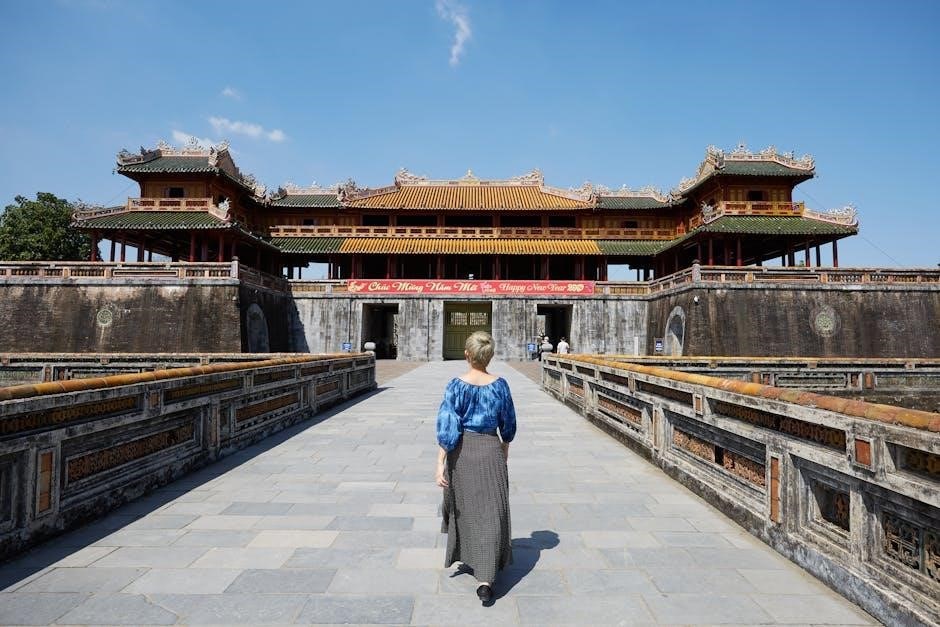
Day-by-Day Itinerary Suggestions
Explore South Korea with tailored day-by-day itineraries, covering vibrant cities like Seoul, scenic Jeju, and historic Gyeongju. Plan your trip for unforgettable cultural and natural experiences.
4-Day Seoul Itinerary
Seoul, South Korea’s vibrant capital, offers a perfect blend of history, culture, and modernity. Day 1: Explore Gyeongbokgung Palace, Bukchon Hanok Village, and Myeongdong for street food and shopping. Day 2: Visit Namsan Tower for city views, then head to Hongdae for trendy cafes and nightlife. Day 3: Discover K-Pop culture, shop in Gangnam, and explore COEX Mall. Day 4: Wander through traditional markets like Namdaemun and Dongdaemun. This itinerary captures Seoul’s essence, from historic landmarks to bustling markets and modern attractions.
- Day 1: Historical landmarks and street food.
- Day 2: City views and trendy neighborhoods.
- Day 3: K-Pop and luxury shopping.
- Day 4: Traditional markets and local culture.
3-Day Busan Itinerary
Busan, South Korea’s bustling port city, offers a mix of stunning beaches, vibrant markets, and cultural landmarks. Day 1: Start at Haeundae Beach, visit the nearby Temple of Seokbulsa, and enjoy fresh seafood at Gwangalli Beach. Day 2: Explore Gamcheon Culture Village, shop at Jagalchi Fish Market, and relax at Songdo Sky Walk. Day 3: Visit Haedong Yonggungsa Temple, stroll through BIFF Square, and end your trip with a panoramic view from Busan Tower. This itinerary showcases Busan’s unique blend of natural beauty, cultural richness, and urban energy.
- Day 1: Beaches and coastal temples.
- Day 2: Cultural villages and markets.
- Day 3: Temples, squares, and city views.
2-Day Jeju Island Itinerary
Jeju Island, a UNESCO World Heritage Site, captivates visitors with its stunning landscapes and serene atmosphere. Day 1: Begin with Seongsan Ilchulbong Sunrise Peak, a breathtaking tuff cone. Explore the Manjanggul Lava Tube, one of the world’s longest, and visit the O’Sulloc Tea Museum to learn about green tea. End the day with a relaxing stroll along the scenic Jusangjeolli Cliffs and a fresh seafood dinner. Day 2: Visit the iconic Cheonjeyeon Falls, explore the vibrant Dongmun Market, and unwind on Hamdeok Beach. Conclude your trip with a sunset view from Hallim Park. This itinerary offers a perfect blend of natural beauty and cultural experiences.
- Day 1: Sunrise Peak, lava tubes, and tea culture.
- Day 2: Waterfalls, markets, and beach relaxation.
South Korea offers a harmonious blend of tradition and modernity, with vibrant cities, stunning landscapes, and rich culture. Plan your trip thoughtfully and embrace the adventure.
Final Tips for a Memorable Trip
Respect local customs and etiquette to ensure a smooth experience. Download Naver or Kakao Maps for navigation, as Google Maps may not be reliable. Embrace the vibrant culture, try authentic Korean cuisine, and engage with friendly locals. Stay flexible with your itinerary, as unexpected adventures often lead to memorable moments. Plan ahead for transportation and accommodations, especially during peak travel seasons. Lastly, capture stunning photos and cherish the unique blend of tradition and modernity that South Korea offers. With these tips, you’ll be well-prepared to create lasting memories in this incredible destination.
